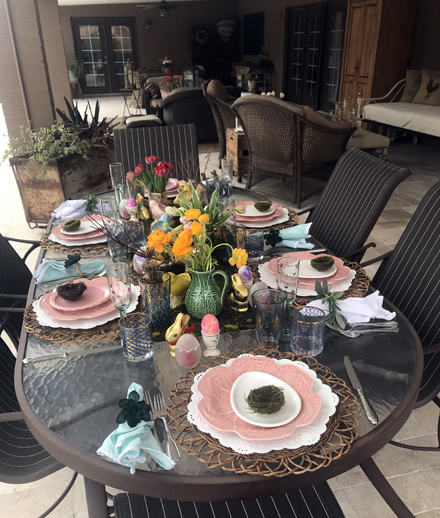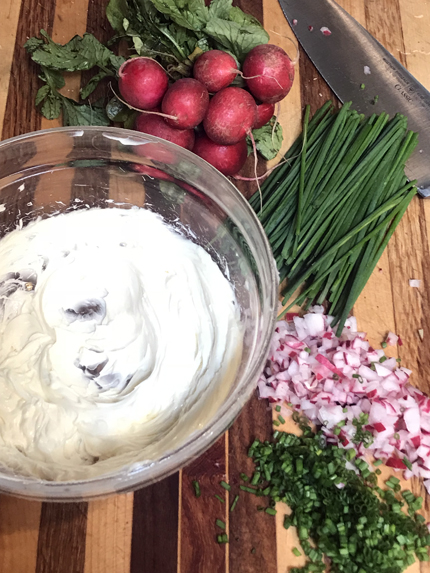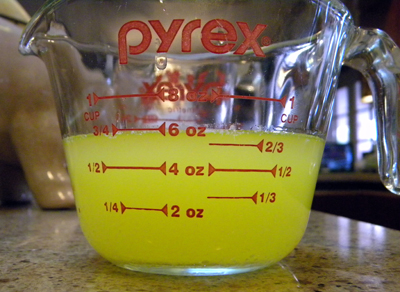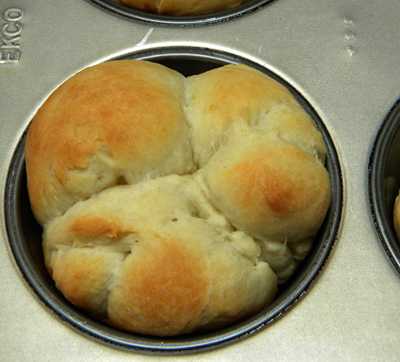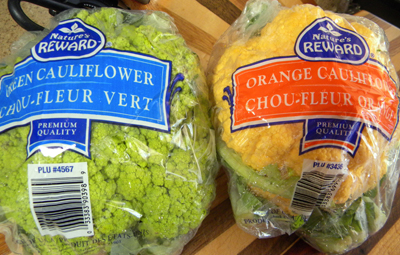buttery shrimp
In the yummy recipe below, I call for U/15 shrimp. This informs you as to the size of shrimp you are shopping for. Shrimp sizes are denoted in numbers, such as U/15 or 21/25. When you see a “U” in the count, it means that there are “under” that number of shrimp in a pound. The slash between numbers denotes a range of shrimp in a pound.
HERE you will find a helpful chart of shrimp sizes.
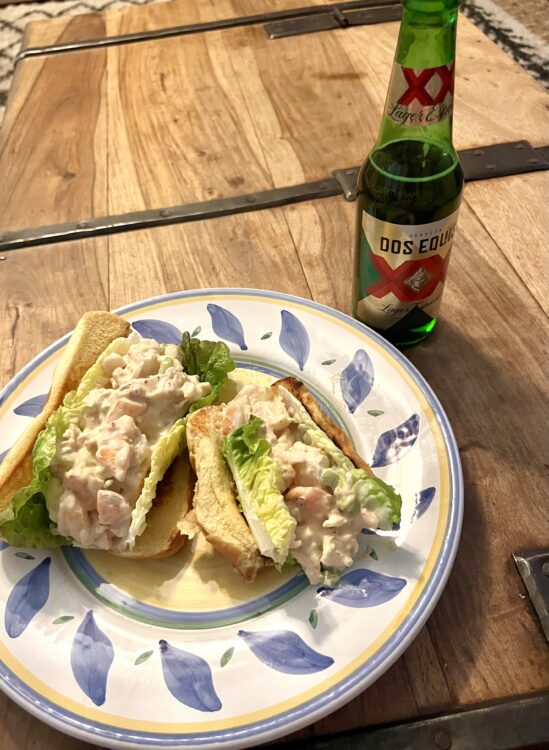
July 25, 2023 No Comments
two butters, a mayo and a spread
It sounds like the start of a joke. “Two kinds of butter, a mayo, and a spread walk into a bar…”
But this is no joke, these are what I served with my biscuits and ham at our Easter brunch. My entire Easter menu was inspired by the Easter menu featured in this year’s Southern Living Magazine. Although, I made several changes in recipes and menu choices to fit my taste. For instance, their menu featured Creole Mayo, I am a fan of Sriracha Mayo, so that is what I made. More Easter brunch recipes will follow in the coming days, for today, let’s look at these four.
I took a poll at brunch and asked for everyone’s favorites. The radish-chive butter won hands down. The second favorite was the other butter, made with orange marmalade and apricot preserves. The final two were tied for third. All four make for a perfect ham and biscuit sandwich.
Radish and Chive Butter
- 1/2 cup salted butter, softened
- 1/4 teaspoon salt
- 3 tablespoons finely chopped radishes
- 2 tablespoons chopped fresh chives, plus more for garnish
Beat salted butter and salt with an electric mixer on high speed until light and fluffy, 3 to 4 minutes.
Gently stir in finely chopped radishes and chopped fresh chives. Scrape compound butter into a serving bowl, and sprinkle with more chives. Cover and chill until ready to serve.
April 3, 2018 1 Comment
slow start
In all honesty, I am not fully recovered from the big weekend lobster bake… still putting away all that stuff I dragged out of storage. Plus, I have been busy making lobster stock from all those shells. Therefore, we’ll start the week of recipes slowly and begin with clarified butter. This was used for dipping the lobster and other seafood.
Clarified butter is what is left when melting unsalted butter – after the water evaporates, some solids float to the surface and are skimmed off, and the remainder of the milk solids sink to the bottom and are left behind when the butter fat (the clarified butter) is poured off.
Drawn butter is an American term for clarified butter. It has a higher smoke point than regular butter, which makes it much better for sautéing. It also has a longer shelf life than fresh butter and since is has negligible amounts of lactose, it is more acceptable to people with lactose intolerance.
And just in case you’ve heard of it before and have been wondering… ghee is the East Indian form of clarified butter.
Also note that there is about a 25% loss in the quantity of butter, after clarifying. You may clarify any amount of butter. I started with 2 sticks (1 cup) but realized that would not be enough for the dinner party, so I ended up clarifying another 2 sticks, or a full pound of butter.
Feel free to save the milk solids you’ve skimmed off. They can be added to rice, polenta, soups, popcorn, or even your morning toast or oatmeal. I used them in the boiled potatoes at the lobster bake ~ that recipe will be up in a few days.
January 23, 2012 1 Comment
breaking tradition
Turkey-Day is only 7 days away!!! Complete Thanksgiving Planning Guide and Timeline.
Shhh, don’t tell my family, but I am going to make different rolls this Thanksgiving. This is a big deal! There will be whining, complaining, moaning, crying, and even a possible revolt, but I’m still going to do it! Our traditional roll is the absolutely delicious and addictive James Beard Potato Bread Rolls that I made each year. The thing is, I also make these rolls only a short 4 weeks later for Christmas Eve dinner, Christmas day dinner, and use the same dough for my killer Cinnamon-Pecan Rolls on Christmas morning. So… these people, who I have to feed every single day, (sometimes up to 3 times a day!) can try something different on Thanksgiving this year! That something different will be cloverleaf rolls.
Cloverleaf rolls sometimes have tiny crosses marked on each of the three sections, referring to the Holy Trinity, which in Ireland is often compared to the clover. I’ll save that little embellishment for Easter. You may also dip the balls in melted butter after forming and before placing in the muffin cups, that makes for one very rich roll! Another option is to brush the tops of the rolls (after rising in the muffin tins) with and egg wash or melted butter and then sprinkle the tops of the rolls with sesame, poppy, or mixed seeds. Do so if you wish.
The composed butter that accompanies the rolls calls for pomegranate molasses, which I’ve posted about before and you can get the recipe for by CLICKING HERE. You can make a full 1 cup recipe or reduce it by two-thirds, which will produce exactly 1/3 cup, as called for. And finally, I’ve added a pumpkin variation for this recipe, just in case, you too, want to mix things up next week. That and the measurements for a scaled down amount of pomegranate molasses are found at the bottom of this post.
November 18, 2010 4 Comments
green and orange
Green is one of my two favorite colors, blue is the other. When asked, the majority of Americans will state that their favorite color is blue. But I digress, there is no blue in the recipe, just green and orange. And that second color, orange, is my least favorite color. Not that it matters, just saying…
When I saw the striking orange and green heads of cauliflower at the market, I had to have them. I then cooked and puréed each to the consistency of baby food, and used them as the bed for a light and lovely fish fillet. Broccoli, fennel, celery root, potato, sweet potato, and such, may be used in the same manner, so don’t fret if you can’t find these colorful cauliflower orbs!
September 12, 2010 1 Comment
Venice and gnocchi
Gnocchi is the Italian name for a variety of soft dumplings. They are made from either semolina or wheat flour, potatoes, or bread crumbs. The word gnocchi means “lumps” which may have derived from nocchio, which is a knot in the wood, or from nocca, which is the word for knuckle. Classic sauces for gnocchi are tomato-based sauces, pesto, or browned herb butter with cheese.
Marissa and Connor in Venice
In the summer of 2008, we took a family vacation to Paris, Venice, Rome, and Tuscany… it was a slice of heaven and the trip of a lifetime. While in Venice, we were dining on a restaurant patio overlooking the water and passing gondolas. It was a perfect night and Marissa ordered the perfect dish, amazing gnocchi – I can still remember the delectable flavor and texture. You know how sometimes, even though you’re enjoying what you ordered, you’re sitting there regretting that you did not order what someone else at the table is enjoying? Right, well that was one of those times. I guess we’ll just have to go back to Venice sometime soon, that way I’ll have no regrets!
Gnocchi with Tomato-Pesto Sauce
Connor prefers his gnocchi prepared with a tomato-pesto sauce, instead of the sage butter sauce. To serve it that way, heat a 28-ounce can of crushed Roma tomatoes in a skillet, when simmering, add gnocchi that has been boiled, and cook for 5 minutes, remove from heat and stir in 3/4 cup of prepared pesto and toss, plate and serve with a sprinkling of Parmesan cheese.
[Read more →]
December 18, 2009 No Comments





